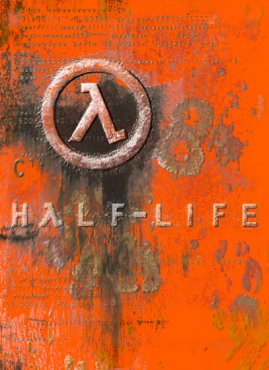
Half-Life is a 1998 first-person shooter (FPS) game developed by Valve Corporation and published by Sierra Studios for Windows. It was Valve's debut product and the first game in the Half-Life series. The player assumes the role of Gordon Freeman, a scientist who must escape from the Black Mesa Research Facility after it is invaded by aliens following a disastrous scientific experiment. The gameplay consists of combat, exploration and puzzles.
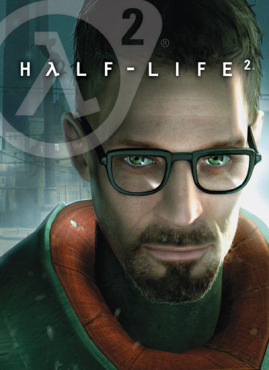
Half-Life 2 is a 2004 first-person shooter (FPS) game developed and published by Valve Corporation. It was published for Windows on Valve's digital distribution service, Steam. Like the original Half-Life (1998), Half-Life 2 combines shooting, puzzles, and storytelling, and adds new features such as vehicles and physics-based gameplay. The player controls Gordon Freeman, who joins a resistance to liberate Earth from the alien Combine empire.
Alyx Vance is a fictional character from Valve's Half-Life video game series. She is introduced as a non-playable, supporting character in Half-Life 2 (2004), accompanying the player's character, Gordon Freeman, throughout much of the game. She subsequently appears in a similar capacity in Half-Life 2: Episode One (2006) and Episode Two (2007), and as the titular protagonist of the VR game Half-Life: Alyx (2020).
Arkane Studios SASU is a French video game developer based in Lyon. It was founded in 1999, and released its first game, Arx Fatalis, in 2002. Besides the Lyon studio, Arkane Lyon, Arkane Studios operates Arkane Studios LLC in Austin, Texas, since July 2006. The studio created the popular Dishonored series as well as developing Prey (2017), Deathloop (2021) and Redfall (2023). Marvel's Blade is under development.
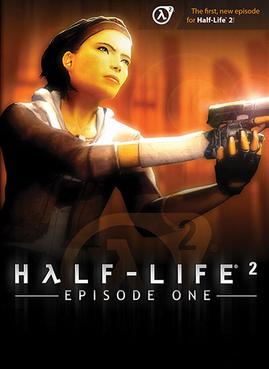
Half-Life 2: Episode One is a 2006 first-person shooter game developed and published by Valve for Windows. It continues the story of Half-Life 2 (2004); as scientist Gordon Freeman, players must escape City 17 with Gordon's companion Alyx Vance. Like previous Half-Life games, Episode One combines shooting, puzzles and storytelling.
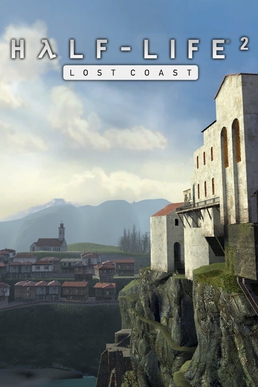
Half-Life 2: Lost Coast is an additional level for the 2004 first-person shooter game Half-Life 2. Developed by Valve, it was released on October 27, 2005, through the Steam content delivery service as a free download to owners of the Windows version of Half-Life 2. Players control the Half-Life protagonist Gordon Freeman as he travels up a coastal cliff to destroy a Combine weapon in a monastery.

Concerned: The Half-Life and Death of Gordon Frohman is a webcomic by Christopher C. Livingston that parodies the first-person shooter video game Half-Life 2. The comic is illustrated with screenshots of characters posed using Garry's Mod, a tool which allows manipulation of the Source engine used by Half-Life 2. The comic ran from May 2005 to November 2006 and had 205 issues.

Half-Life 2: Episode Two is a 2007 first-person shooter game developed and published by Valve. Following Episode One (2006), it is the second of two shorter episodic games that continue the story of Half-Life 2 (2004). Players control Gordon Freeman, who travels through the mountains surrounding City 17 to a resistance base with his ally Alyx Vance. Like previous games in the series, Episode Two combines shooting, puzzle-solving and narrative elements, but adds expansive environments and less linear sequences.

Half-Life is a series of first-person shooter (FPS) games created by Valve. The games combine shooting combat, puzzles and storytelling.
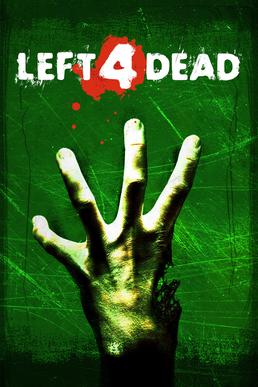
Left 4 Dead is a 2008 first-person shooter game developed by Valve South and published by Valve. It was originally released for Microsoft Windows and Xbox 360 in November 2008 and for Mac OS X in October 2010, and is the first title in the Left 4 Dead series. Set during the aftermath of a zombie outbreak on the East Coast of the United States, the game pits its four protagonists, dubbed the "Survivors", against hordes of the infected.
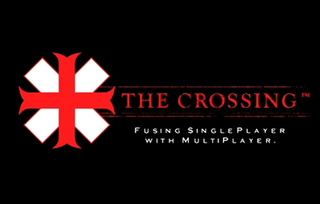
The Crossing is a cancelled first-person shooter video game by Arkane Studios, which attempted to fuse single-player and multiplayer by threading its single-player campaign through live multiplayer games.

A gravity gun is a type of device in video games, particularly first-person shooters using physics engines, whereby players can directly manipulate objects in the world, often allowing them to be used as projectiles against hostile characters. The concept was popularized by the gravity gun found in Valve's Half-Life 2, as well as the Temporal Uplink found in Free Radical Design's TimeSplitters: Future Perfect; although a similar concept was used by id Software during the production of the earlier game Doom 3, eventually leading to the introduction of a physics-based weapon in the expansion pack Resurrection of Evil. Later games, such as Portal, BioShock, Crysis, Dead Space, and Garry's Mod have been influenced by the success of these physics-based weapons, adopting their own styles of comparable abilities or weapons.
This is a list of characters in the Half-Life video game series, which comprises Half-Life, Half-Life 2, Half-Life: Alyx, and their respective expansion packs and episodes.

Half-Life: Escape from City 17 is a two-part Canadian short film written, developed, and filmed by the Purchase Brothers. The film is set in the Half-Life universe, during the events of Half-Life 2 and Half-Life 2: Episode One. Both films were critically acclaimed. Part One was released on February 13, 2009; and Part Two was released on August 24, 2011.
Left 4 Dead is a series of cooperative first-person shooter survival horror video games published by Valve. Set in the days after a pandemic outbreak of a viral strain transforming people into zombie-like feral creatures, the games follow the adventures of four survivors attempting to reach safe houses and military rescue while fending off the attacking hordes.
Counter-Strike (CS) is a series of multiplayer tactical first-person shooter video games in which teams of terrorists battle to perpetrate an act of terror while counter-terrorists try to prevent it. The series began on Windows in 1999 with the release of the first game, Counter-Strike. It was initially released as a modification ("mod") for Half-Life that was designed by Minh "Gooseman" Le and Jess "Cliffe" Cliffe before the rights to the mod's intellectual property were acquired by Valve, the developers of Half-Life, who then turned Counter-Strike into a retail product released in 2000.

Half-Life: Alyx is a 2020 virtual reality (VR) first-person shooter game developed and published by Valve. It was released for Windows and Linux with support for most PC-compatible VR headsets. Set five years before Half-Life 2 (2004), players control Alyx Vance on a mission to seize a superweapon belonging to the alien Combine. Like previous Half-Life games, Alyx incorporates combat, puzzles and exploration. Players use VR to interact with the environment and fight enemies, using "gravity gloves" to snatch objects from a distance, similarly to the gravity gun from Half-Life 2.
Half-Life is a series of first-person shooter games created and published by Valve. Since the release of the original Half-Life for Windows in 1998, several ports, expansion packs and sequels have been canceled, including projects developed by other studios.














